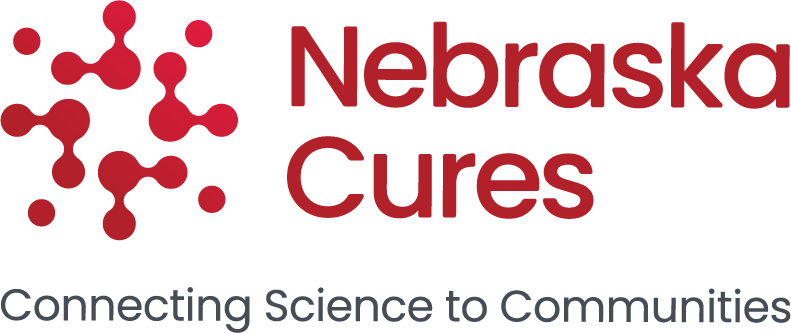One must be impressed by the phenomenal rate at which advances in medicine and the life sciences take place. It was only a few years ago that “gene therapy” was a very hot topic for advancing treatment of some difficult human diseases, particularly those with a simple genetic origin (cystic fibrosis, severe combined immunodeficiency disease, hemophilia, etc.). In each of those diseases, the objective was to treat or cure a particular patient by replacing or modifying a defective gene present in their cells causing the disease. After many years of effort, a few of those therapies have been successful but many have still been plagued by harmful side effects. Throughout the study of genetically based diseases, many physicians and scientists have desired to find a way to treat the gene defect at the earliest possible time – in the sperm, egg or very early embryo (in IVF) – before the disease is expressed in an affected offspring. Very recently the technological approach that would allow such early treatment has been described – and even applied.
You know that such a report is truly unique and has a substantial impact when it is described in media ranging from the BBC, Forbes, Wired Magazine and National Geographic to the leading science and medical journals: Science, Nature, Scientific American and the Journal of the American Medical Association (JAMA). The scientific and clinical significance of this finding cannot be underestimated and the associated ethical complexity it raises is very substantial. First, let us review the science. A process known as the CRISPR/Cas9 technique, has been described and applied successfully in which a defective gene of the early embryo can be molecularly detected, “snipped out” and replaced with a normal copy of the same gene (see the YouTube video from MIT at:https://www.youtube.com/watch?v=2pp17E4E-O8 for a fairly detailed description). This has been described as a genetic “find and replace” process like in a word processor and though scientifically complex it is technologically simple and relatively inexpensive. It has scientific/clinical impact because it means that a genetically based disease can be eliminated from the early embryo (just a few cells – like those used to establish embryonic stem cells) before significant development occurs, thus eliminating the disease. What is even more significant is that the deletion/replacement will occur in every cell of the developing embryo and thus eliminate the faulty gene from showing up in all tissues including sperm and eggs. This eliminates the disease from subsequent generations – this is truly genomic engineering.
The second major point is an ethical quandary and is straight forward. Parallel to the great possible health benefits, this process could be used for nearly any gene or genes thus allowing a change in eye color, stature, intelligence or nearly any other trait that has a genetic basis, as most do. Some claim that this kind of “embryo editing” opens the door to the real possibility of “designer babies” and should be outlawed while others see it as a path to eliminating some diseases that have plagued humankind for all of history. Obviously, there should be a middle path and most major scientific groups have urged moving forward slowly.
For example, the NIH has declared that it will not fund gene editing in human embryos. Indeed, this decision is covered by guidelines for stem cells and the Recombinant DNA Advisory committee (see http://www.nih.gov/about/director/04292015_statement_gene_editing_technologies.htm). In addition, the International Society for Stem Cell Research (ISSCR), the Society for Developmental Biology, the Alliance for Regenerative Medicine and a panel of interested stakeholders (see Science, vol 348, pg 36-39, 3 April 2015) have recommended a world-wide moratorium be set for germline genomic engineering and that a global group with representation from law, bioethics, genetic engineering, the public and government agencies be established as soon as possible to recommend policies.
All of this activity was precipitated by a surprise paper published in April by a Chinese group. They demonstrated the utility of the CRISPR/Cas9 technique in gene editing for beta thalassemia in human embryos that were not destined for implantation. They also showed that the approach had problems in that it sometimes was incomplete resulting in mosaic embryos or leading to “untoward mutations” (see:http://link.springer.com/article/10.1007/s13238-015-0153-5). Clearly the procedure is not ready for prime-time application but shows huge promise for future importance.
Another area that points to the impact that the CRISPR/Cas9 system is expected to have is in the world of high-tech investments. Just last week it was announced the “Bill Gates and 13 other investors…” were pouring $120 million dollars into a company that has hitched its intellectual property engine to the patents on the process (see:http://www.forbes.com/sites/matthewherper/2015/08/10/bill-gates-and-13-other-investors-pour-120-million-into-revolutionary-gene-editing-startup/). The Forbes article also describes the investments of a number of other prominent investment groups into similar biotech startups. It is recognized by both scientists and investors that the system could also be applied to the pharmaceutical industry where it would allow the rapid development of “microbial farms” to produce custom drugs. Indeed, if the old adage of “putting your money where your mouth is…” means anything, we will hear much more about the CRISPR/Cas9 approach to embryo engineering in the future.
See also Jennifer Doudna – CRISPER pioneer (Berkley): https://www.youtube.com/watch?v=SuAxDVBt7kQ
